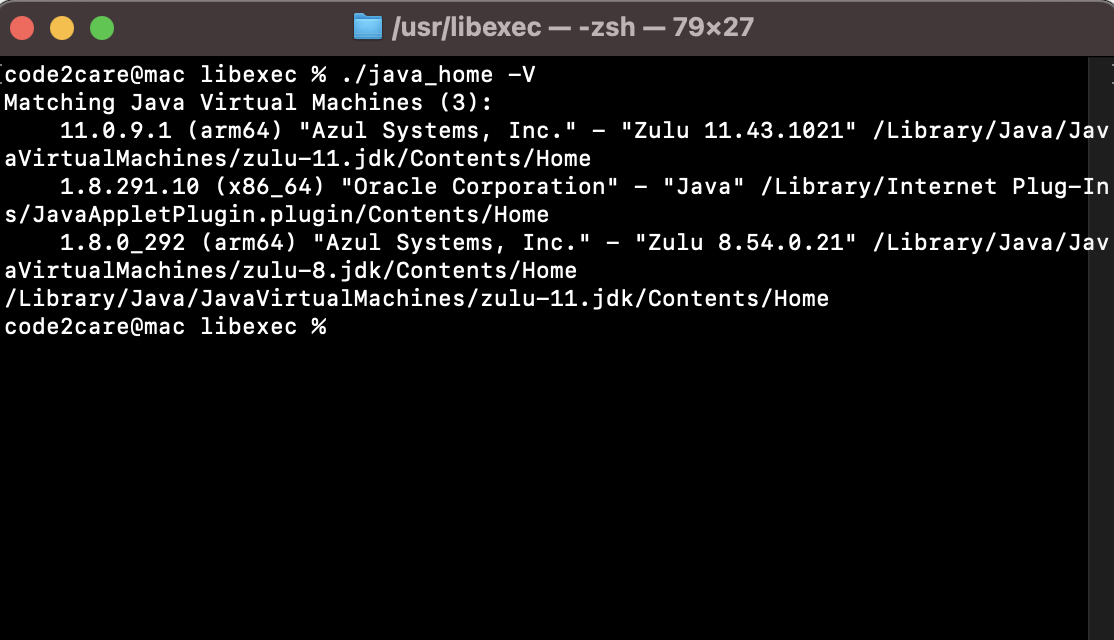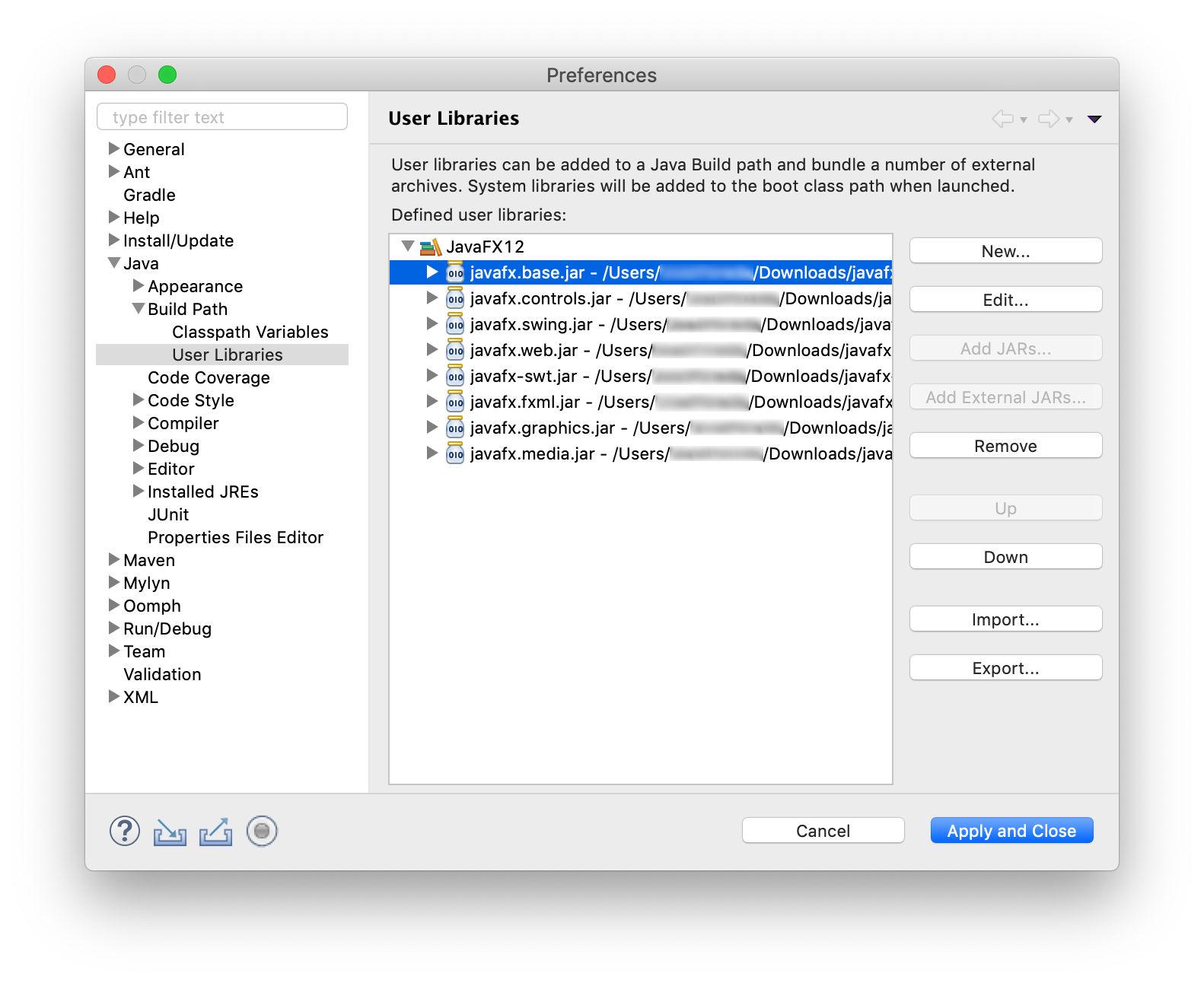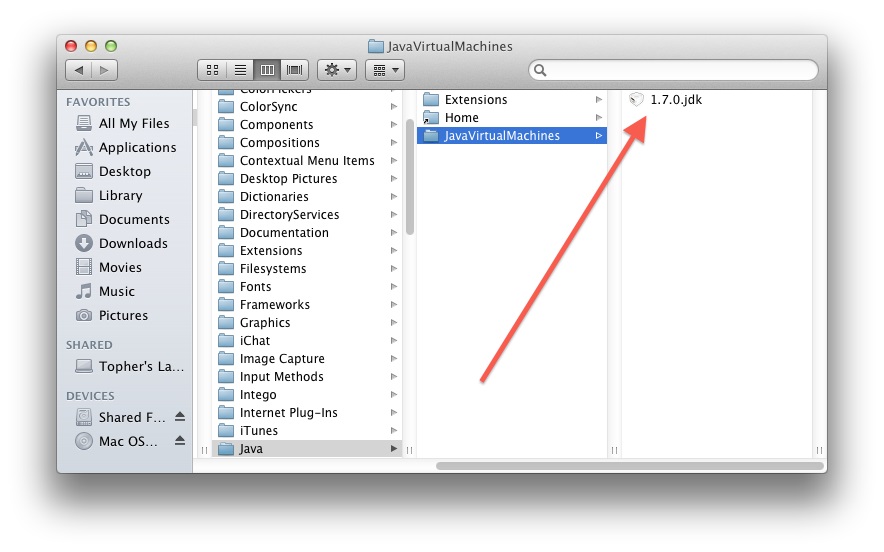
Reopen Command prompt window, and run your java code.In the Edit System Variable (or New System Variable) window, specify the value of the PATH environment variable.Click the Advanced system settings link.In Search, search for and then select: System (Control Panel).Go to the bottom of the file, and enter the path you wish to add.Run the following command: sudo nano /etc/paths.echo $JAVA_HOME on Terminal to confirm the path.Īlso know, how do I add a path to my Macbook Pro?.Set JAVA_HOME using this command in Terminal: export JAVA_HOME=/Library/Java/Home.Check you have the needed version of Java, by typing “java -version”.Confirm you have JDK by typing “which java”.How do you create an environment variable in Java?.
 How do I set Environment Variables permanently?.
How do I set Environment Variables permanently?.  Is JDK required to execute the Java program?. Why do we set path environment variable?. How do I set an environment variable in Catalina Mac?. Why Java is not showing in System Preferences Mac?.
Is JDK required to execute the Java program?. Why do we set path environment variable?. How do I set an environment variable in Catalina Mac?. Why Java is not showing in System Preferences Mac?.  How do I know if Java is installed on Mac?. I prefer the javahome shell function below rather than adding new values to PATH. Installing JDKs with brew also recommends adding /usr/local/opt/openjdkXX/bin to PATH. Setting the symlink after every installation step is important for the system Java wrappers to find the installed JDK. That includes JAVA LTS releases 17, 11, 8: # version 17īrew install ln -sfn /Library/Java/JavaVirtualMachines/openjdk-17.jdkīrew install ln -sfn /Library/Java/JavaVirtualMachines/openjdk-11.jdkīrew install ln -sfn /Library/Java/JavaVirtualMachines/openjdk-8.jdk On Mac you can install Java/JVM with brew‘s openjdk formulae. No time? jump straight to the javahome function
How do I know if Java is installed on Mac?. I prefer the javahome shell function below rather than adding new values to PATH. Installing JDKs with brew also recommends adding /usr/local/opt/openjdkXX/bin to PATH. Setting the symlink after every installation step is important for the system Java wrappers to find the installed JDK. That includes JAVA LTS releases 17, 11, 8: # version 17īrew install ln -sfn /Library/Java/JavaVirtualMachines/openjdk-17.jdkīrew install ln -sfn /Library/Java/JavaVirtualMachines/openjdk-11.jdkīrew install ln -sfn /Library/Java/JavaVirtualMachines/openjdk-8.jdk On Mac you can install Java/JVM with brew‘s openjdk formulae. No time? jump straight to the javahome function 
This post includes Java LTS version 17 and shows how to switch between Java/JDK LTS versions 8, 11 and 17. Change Java version on Mac 11 BigSur & persist it is great.








 0 kommentar(er)
0 kommentar(er)
